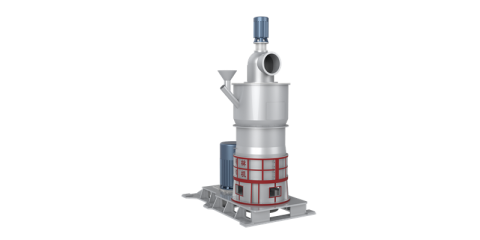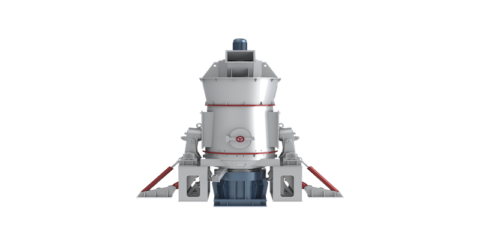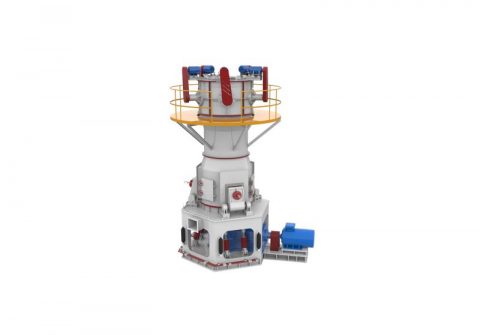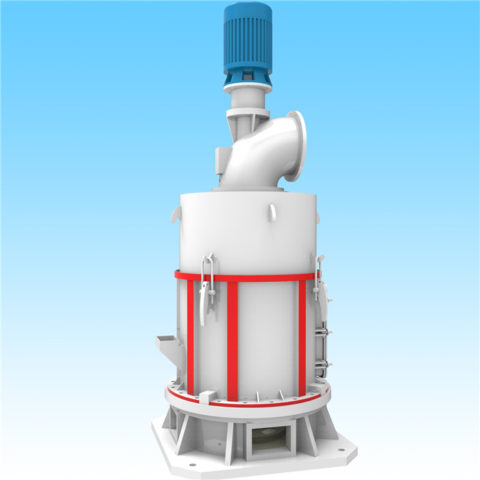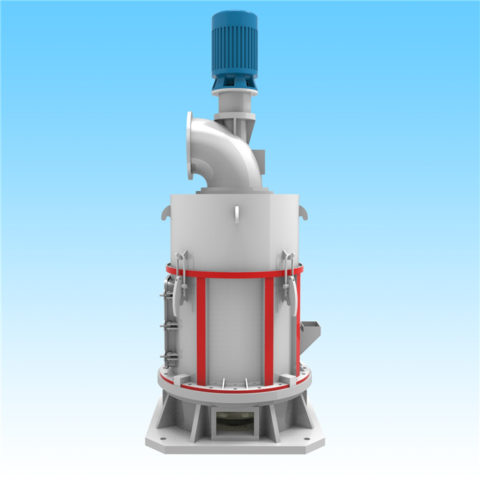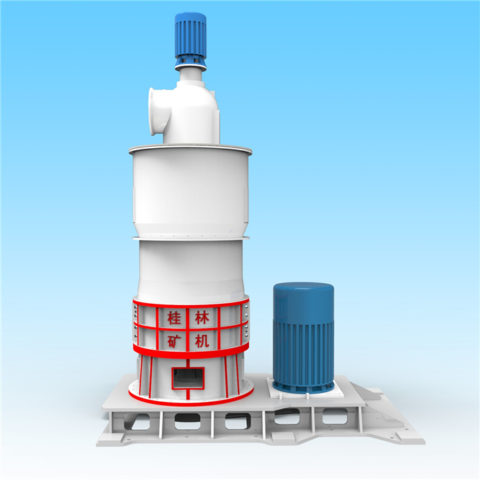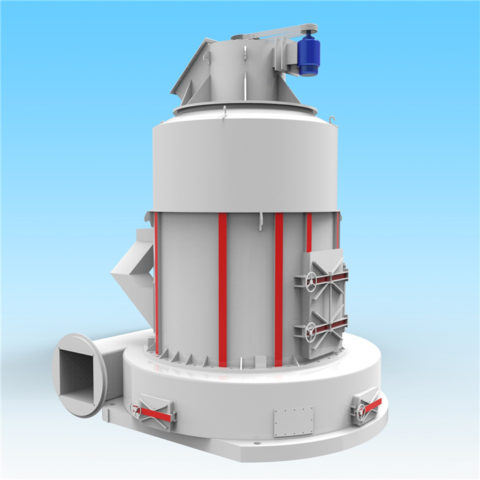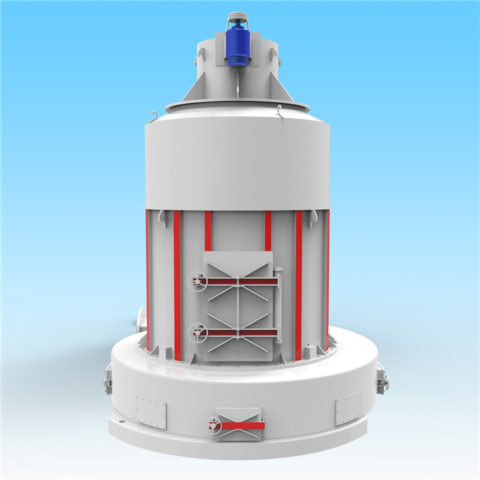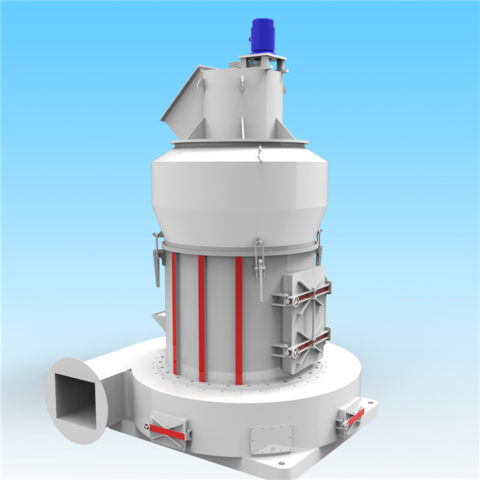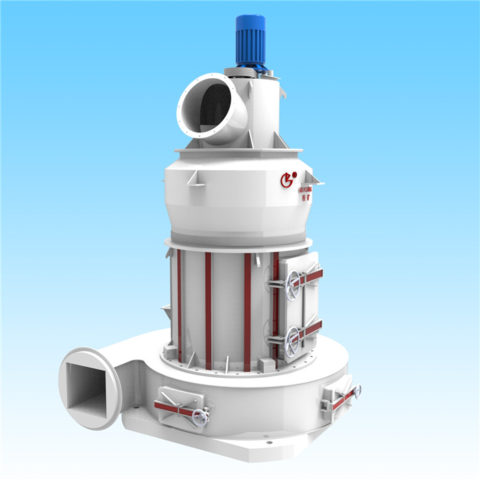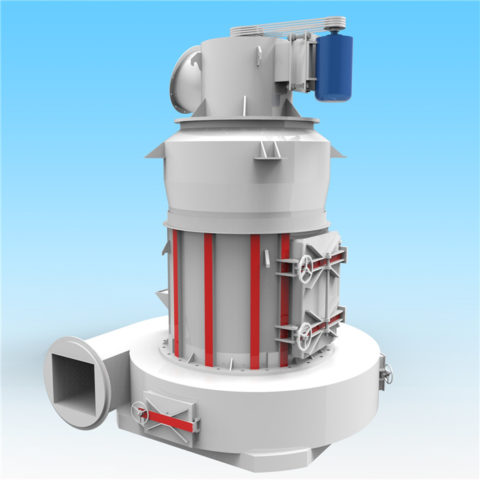Polyurethane has good elasticity, temperature resistance, abrasion resistance and good adhesion to the substrate. Polyurethane products include soft, semi-rigid and rigid foams, elastomers, paint coatings, adhesives, sealants, synthetic leather coating resins, elastic fibers, etc., and are widely used in automobile manufacturing, refrigerator manufacturing, transportation, and civil engineering Construction, footwear, synthetic leather, fabrics, electromechanical, petrochemical, mining machinery, aviation medical, agriculture and many other fields.
Polyurethane reinforcing fillers mainly use carbon black and white carbon black, followed by nano-calcium carbonate. The fillers are mainly used to increase, reduce costs, strengthen, improve physical properties, reduce expansion coefficient and curing shrinkage.
Let’s briefly talk about the main influencing factors of nano calcium carbonate in the application of polyurethane sealants.
Since the polyurethane sealant system contains very reactive isocyanate groups (-N=C=O), it is very easy for compounds containing active hydrogen atoms to undergo addition reaction, so the selection of fillers is extremely strict.
1. The moisture control of nano-calcium carbonate is generally less than 0.05%. Because moisture reacts with -N=C=O to form a first-grade amine compound, it will lead to the formation of cross-linked bonds and affect storage stability, so fillers must be used before use Perform strict drying.
2. In polyurethane applications, basic fillers will promote the formation of allophanate crosslinks and biuret crosslinks, which will increase the viscosity of the system and affect storage stability. Therefore, the pH value of nano calcium carbonate is generally controlled at 9.5 the following.
3. The particle size of nano calcium carbonate will also affect the thixotropic properties of polyurethane. The particle size of nano calcium carbonate is generally controlled between 30-80nm. The product has good dispersibility and thixotropy. It can be easily extruded during construction and does not appear to sag, sag, or flow after construction.
4. The effect of nano calcium carbonate surfactant on the thixotropy of polyurethane. Generally, composite surfactants are used for coating treatment, such as stearic acid, oleic acid, palm kernel oil compound, and configured into emulsion for coating treatment, which has a synergistic effect on dispersibility and improves the dispersion performance of particles. Untreated calcium carbonate has more active groups on the surface when it is filled, and reacts with -N=C=O groups. When solidified, a large amount of carbon dioxide will be generated and bubbles will be formed in the sealant system.
In summary, in the application of polyurethane sealants, the moisture, particle size, surfactant, and pH of nano-calcium carbonate will have different effects on product performance.


